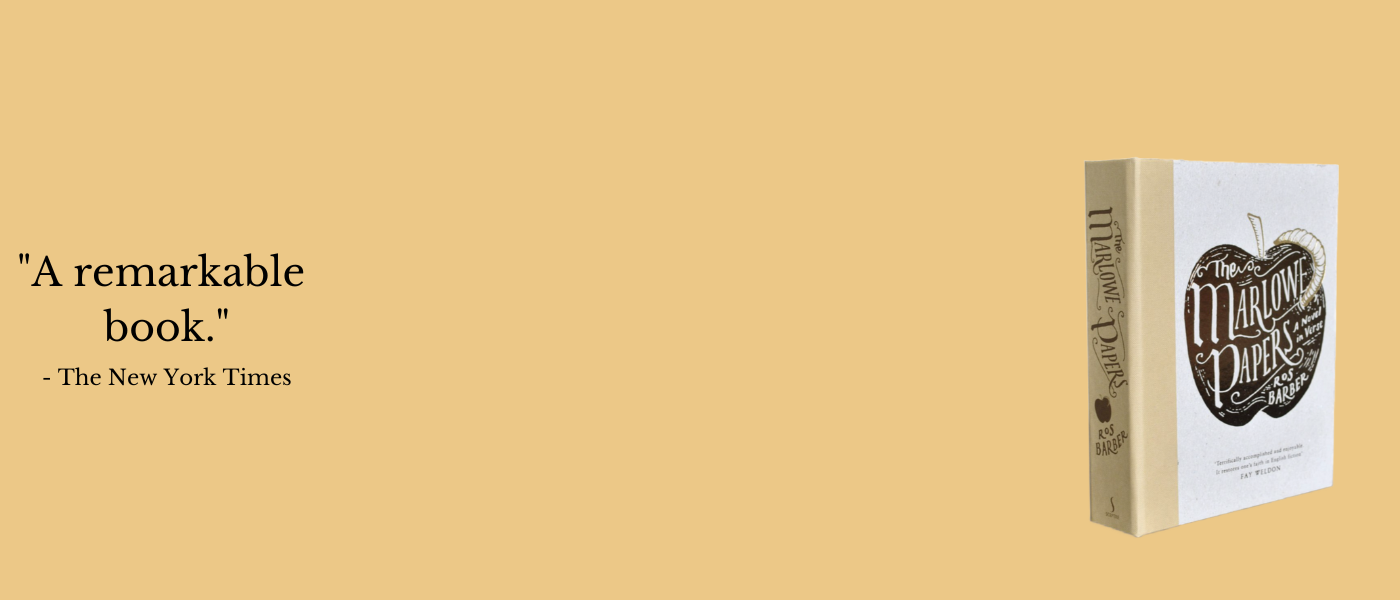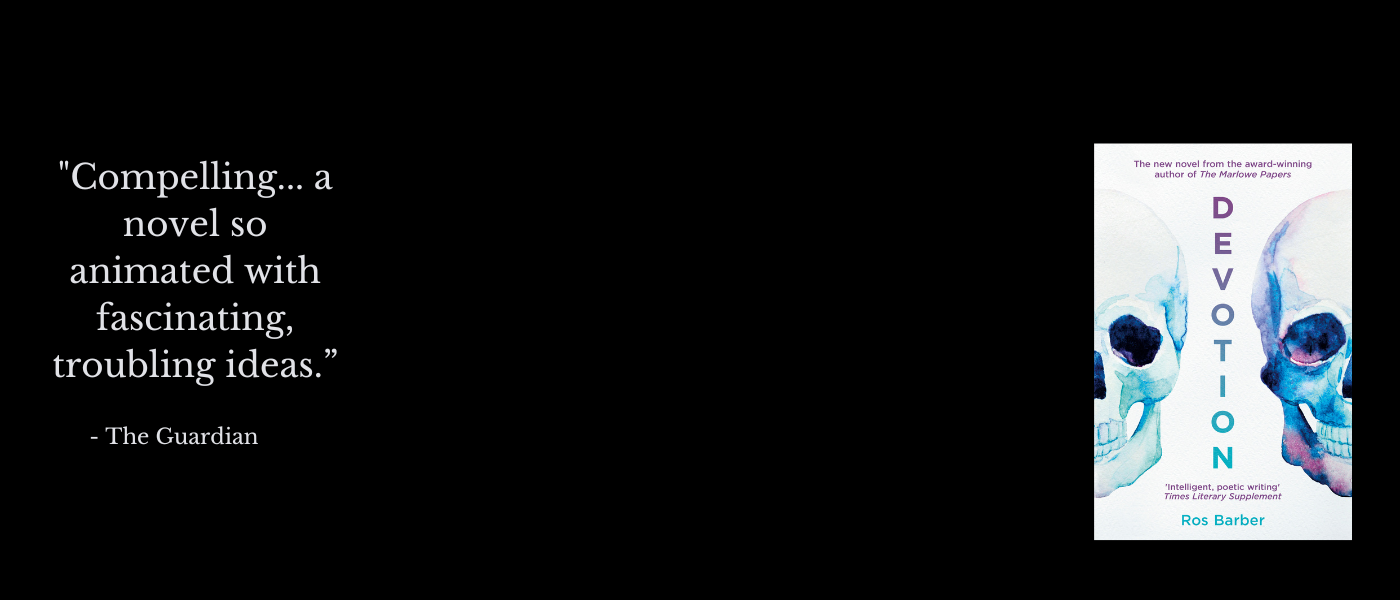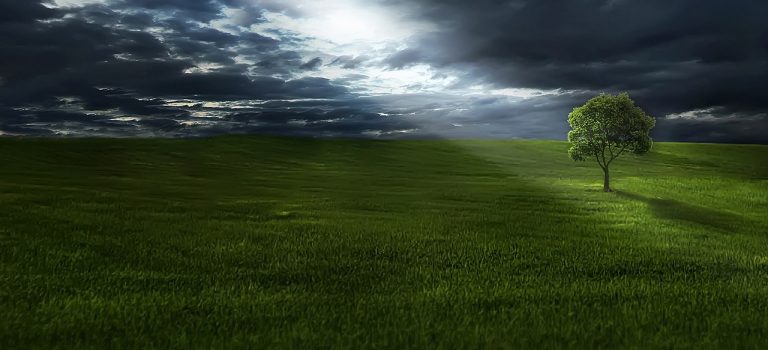The creative process is left out of most creative writing teaching. I’ve been teaching “process” for 20+ years, and I thought it would be helpful to share what I have learned here (and what I teach), in a handy, easy-to-link-to format. Some of this only applies to writing. But some of it applies to all kinds of creation.
The process of writing is really two processes
The creative process is actually two separate processes: creation and criticism (editing). The biggest mistake an aspiring writer can make is trying to create and critique at the same time. Example: a sentence comes into your head, and instead of writing it down, you start judging it, deciding if it’s worthy of even being recorded. You decide that it isn’t, and discard it. You’ve just said No to inspiration. How would you feel if you gave someone a gift and they rejected it, saying That’s not a very good gift? Would you run to get them another?
Never create and edit at the same time. Say yes to any ideas that come: record them before you consider their value. Create freely, without judgement, and get a whole load of stuff down (on paper, on screen) until you run out of steam. Only when you have a whole heap of creation on the page should you switch into your critical, editing head and decide what to keep.
Useful Analogy One: The Clay
If a potter wants to make a pot, they need a big lump of clay. They can go and get this from a supplier (or dig it from a river bed). They put a formless lump of it on their wheel and start turning, shaping it as they go. They might have a rough idea of the shape they are after but they also let inspiration guide them as they work, moulding it and watching what happens. A writer has to make their own clay, and if you want to make life easier for yourself, accept however it comes. It’s fine to get your words down in a formless lump. You can edit them later – turning the wheel, moulding the shape – but make the clay first.
Separate creative and critical
Your creative self says YES, allows, loves, flows, dances with ideas, goes a little crazy. Imagine a four-year-old dancing, dressed up in wellingtons and a fairy costume, making up an extravagant and nonsensical story and building a castle out of yoghurt pots. That’s your creative self. Your critical self is like a strict, no-nonsense teacher. Never let that part of you in the room when the four-year-old is dancing. Otherwise you’ll get: What’s this nonsense? What’s the tiara doing on the cat? Stop this right now! And clear up this mess! The critical self sees mess, not magical castle. And creates a 4-year-old who decides dancing is dangerous and vows never to make up another story again. So don’t let your critical self stomp on your creative self. Compartmentalise. Never give them headroom at the same time. Doing a few minutes of free-writing every day is the best way of training yourself into this separation. Even now, after years of practise, I still feel myself trying to reject words and sentences when I am writing: I feel myself hesitate and wonder if they are good enough and I have to tell myself gently, Allow. Allow is the magic word. Because:
‘Flow’ is a state of allowing
All writers, muscians, artists, sportspeople, scientists, hell, anyone skilled at their passion, knows what it is to be in a state of flow, and what flow allows: in short, genius. That unbelievable goal, that breathtaking symphony, that astonishing poem – every one was created by an ordinary human being in a state of flow. Our most revered cultural icons, from Austen to Einstein, from Pele to Fonteyn, are all people whose greatest skill was their ability to get into, and stay in, the flow. The concept of flow was first named by Mihaly Csikszentmihalyi. But long before it was named, it was known writers and artists across the centuries have described as the flow-state as inspiration, personified it as The Muse. It is a sense of pure and unconscious (and un-self-conscious) energy flowing through you. There is no thinking involved. It is effortless. It is not something that your conscious mind could cog and chuff into being. Indeed, if brought in during the process, the thinking part of you will mess it up, exactly as it does when you suddenly become conscious of doing something amazingly well, and immediately fail. Think crucial penalty kick, missed. You cannot ‘try’ to get into this state: trying is the opposite of flow. You must simply allow what comes to come, and keep saying ‘yes’ to what comes until what comes is amazing.
Useful Analogy Two: The Tap
Say you haven’t written for a while, or ever. It’s like moving into an abandoned house. You want to have a bath, but when you turn on the tap (faucet, my American friends) nothing comes out at first. And then it splutters, because there’s air trapped in the pipes. It comes in fits and starts. But then the air works its way out and the water starts flowing: but it’s brown. The unused pipes rusted and now the water looks like something you wouldn’t want to touch. A lot of people, when they see the ‘rusty water’ writing coming out of them, give up at this stage. But the truth is, when it comes to writing, everyone is connected to the mains. You’ve just got to keep that tap turned on, let the water – the words – keep flowing. Because eventually the water runs clear, and then the boiler kicks in, and it starts to heat up too. And now it’s worth keeping – finally, you stick the plug in, and let the bath fill. The bath is your novel. But you are the tap. The creation flows through you.
Through you, not by you
Mystic poet William Blake knew this fundamental truth about the creative process, when he said of his works: “Tho’ I call them Mine I know they are not Mine.”
When you start out as a creator, you are generating the work yourself. You are trying to make things happen. Often you will try too hard: the work will be stiff, mannered, lifeless. An undeveloped writer manipulates their characters like puppets. They have to, because the characters are wooden; they have no life of their own. In my twenties, listening to writers talking about their work, I became intrigued by this recurring theme: the characters come alive, they would say. They just do things and say things, and I just write it down. This had never happened to me. I was a puppeteer.
And then it did. And everything changed.
When you have developed sufficient skill, it becomes increasingly easy to enter a state of flow. The characters become real in your head, doing and saying things that surprise you. Your job is to allow what comes, and to transcribe it into your medium: for a writer, words. Consider writing as an act of listening. Listening to the words that arrive in your head and allowing them; allowing the next words, and the next. In essence, your job is to take dictation. From where? Why, the collective unconscious. Or the Zeitgest. From mass consciousness, and from the edges and eddies of it too. From your inner being: that still small voice. Where do you get your ideas?, that evergreen question posed to writers at Q&As, is only groan-worthy because there is no sensible answer. Everywhere. Nowhere. They just come. And that’s the point surely. We don’t get our ideas. They come to us. They come whenever we are in a state of allowing/receiving/flow. This is accidentally achieved in the shower, on the train, washing up, or walking the dog: whenever the mind falls into a kind of receptive emptiness. It can also be deliberately induced by drugs and alcohol (not recommended, but traditional for writers) or by dreaming and meditation. Or simply through the act of writing, writing anything, with love and without judgement. The simplest way for any writer to get into a state of flow is, in the words of Natalie Goldberg: “Just write, just write, just write.”
Which brings us to my ‘top tip’ exercise and my third creative writing analogy, the compost bin. It’s much like the tap, but earthier.
Useful Analogy Three: The Compost Bin
Think of your brain as a compost bin. On the surface: potato peelings, eggshells and teabags. That’s the news, Facebook, Twitter, that thing you friend said to you at the bus-stop. Some days, when you start writing, it will be like going into a compost bin from the top. All that comes out is scraps; eggshells and teabags. But don’t give up. Keep going. Below this level, the dross level, things have broken down a bit. So keep going. Dig out more and more. Eventually you’ll get to the stuff that’s been there a while, composting away, all mixed up and organic. It’s juicy, and dark. Don’t be scared of it. It’s potent. It can grow stuff. Bring out a few spades of it, expose it to daylight, put a seed in it. Then leave it, and see what happens.
Useful ‘Flow’ Exercise: Freewriting
I’ve been using this one forever. Or since I read Peter Elbow’s Writing Without Teachers (I was 21; feels like forever). If you’ve been to a few creative writing workshops you’ll know it too. Set a timer for 5 or 10 minutes. Start the timer and start writing, as fast as you can. Write without stopping, without judgement, without crossing out, without correcting your grammar or spelling, without really caring if you are writing in “proper” sentences. (Though you should be writing forward in a flow to the edge of the page, in free-flowing sentence-type things, not doing some kind of word association down the page). You are trying to get ahead of your ‘thinking’ self; the conscious bit. You want to write so fast that you cannot possibly plan what comes next, you have to write what occurs. You are trying to get a direct line between your head and your writing hand/fingers. So that whatever words are in your head end up on the page. If you’re thinking Oh God, I don’t know what to write! then that’s what you write ‘Oh God, I don’t know what to write!’ and keep going from there, transcribing whatever’s in your head directly. It doesn’t matter what you write. Give yourself permission to write absolute rubbish. Sometimes it is nothing but rubbish. Sometimes something usable is buried in it (but don’t stop to check in the middle of the process; write until the timer goes). It doesn’t matter. You are turning the tap on, and keeping it on. You are getting past the eggshells and teabags, and towards the compost. And maybe in that compost a seed can grow.



Hello Ros, I love this advice and especially the compost bin analogy!
Thanks Tessa! I’ve been sharing these analogies with students for years and thought I’d make them a little more public.
This is how I teach too, Ros. I also talk about the subconscious being strong, and how we make sense of our world by telling stories.
Freewriting not only connects to the flow (and timed freewriting, as Natalie Goldberg says, “adds heat”), but it also takes us away from the keyboard and our critical subconscious which goes – oh look, I’m writing a report/ email/ text message and immediately tightens up and engages the critic.
Shitty first drafts, flow, timed freewriting. Glad we have the same practice and teach the same way. I do encounter some resistance, but once I take students through this they see the worth.
Oh, and as well as flow, timed freewriting also (can) take the writer into a trance-like state, as well as (if you’re lucky) that wonderful feeling that you’ve just hit your stride.
And yes – by hand. By hand first, and then onto the screen for the editing.
R. xx
Thanks for you comment Rosemary. I know lots of people like to freewrite by hand; I certainly used to. But now I prefer to type for one simple reason; I can type a lot faster than I write! (I touch-type). And for me one of the biggest helpful things is writing faster than I can (consciously) think. And I’m so used to doing this (and doing lots of other very loose kinds of writing on laptop or PC) that my inner critic is not engaged by the use of screen and keyboard. Doubly freeing!
Fascinating! A great insight into real creativity. Thank you Ros.
Thank you Neil!
Hi Ros,
I enjoyed your article. I am curious your thoughts on how the use of speech recognition technology (dictation) can help to separate the creative and critical processes involved in writing. I am doing research in this area so any ideas you have or resources would surely help!
Hi Jon,
Sorry to say I can’t be much help: I don’t write using speech recognition software and don’t know how that would help the creative/critical separation. I’d be interested to know what you discover!